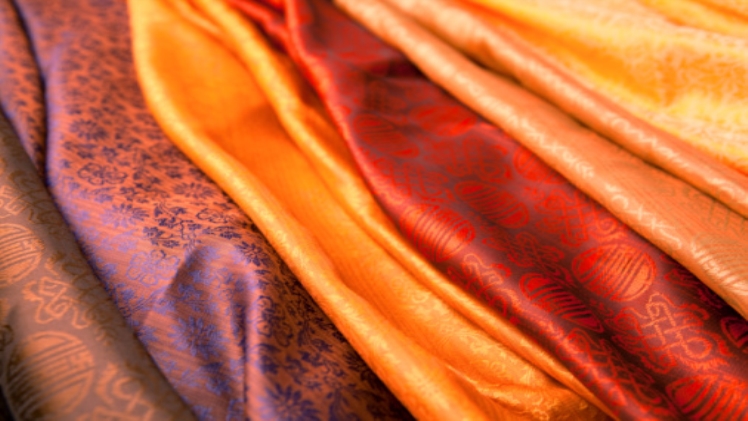India is endowed with the gift of trademarking the traditional saree. Its unmatched persona has remained relevant over the years. The styles of donning this garment can be subjective; nonetheless, people are still loyal. There are numerous types of sarees; hence their prices also differ. For example, a silk saree might cost more than a Banarsi.
The price of sarees extends up to 50000, contingent on their fabric. Our traditional Indian garment is exhibited in various materials, styles, and prices. The saree is worn as a nine-yard fabric that exudes elegance and grace. It does not possess any air barriers and has an ornamental feature known as the pallu. Women from different cultures have unique draping styles.
It typically exposes the midriff, giving women unmatched confidence. Silk sarees are highly preferred for auspicious occasions, while cotton is worn daily. Sarees are also an impeccable choice for festivals. You can get creative with your blouses and reinvent your saree in sync with your aesthetic.
Some people choose to make a statement and wear their blouses low cut on the back, while others experiment with the sleeves. And don’t forget about the different jewelry that compliments sarees.
SAREE COSTS
There is no linear pricing for sarees. Their costs are variable depending on the fabric and embroideries. You might have to shell out a meager amount for a plain saree, but if you seek a quality design, be prepared to exhaust more funds. The most crucial factor is to decide upon a fabric of your choosing. Different materials are suitable for varying occasions and seasons.
A printed silk saree costs around 1,500 rupees and one that has woven designs on it will cost much more. Sarees with a zari and embroidery are extravagant and priced higher than others. Most of these embroideries are intricate and take vast amounts of time to complete. Weavers who specialize in this art actualize these beautiful designs.
An authentic Kanchipuram saree will cost anywhere between 6-8,000 rupees. The imitation sarees are less expensive. A decent Banarasi weave starts from around 2,000 rupees and goes up depending on the fabric’s purity. Paithani sarees are also extravagantly priced. The designer recreates these fabrics with their aesthetics which makes them more expensive.
HOW TO PICK THE RIGHT SAREE?
The occasion plays a vital role in this selection. It helps you in deciding the color, fabric and design. For a formal event, you might consider donning a cotton saree. It is simple yet classic. Cotton is also an exceptional choice for daytime events because it is a breathable fabric.
Living in India, the days become scorching hot. Therefore, you need a material that facilitates movement and is light on the skin. For festivals and wedding ceremonies, consider a silk saree. It possesses an unmatched charm. Georgette, chiffon, and net sarees are also a great pick.
They are laced with beautiful embroideries, uplifting their appeal and essence. You could try unique necklines and sleeves with them to tweak the overall look.
Spend ample time on styling the perfect jewelry. If the event is casual and not demanding, oxidized jewelry makes a great fit. It is spiffy yet straightforward. You could also consider a pair of studs or a minimal bracelet. For big occasions, pull your best sets and heavy jewelry.
CONCLUSION
Hence, the price of a saree varies corresponding with the type of fabric along with the time and expertise used to create a piece.

